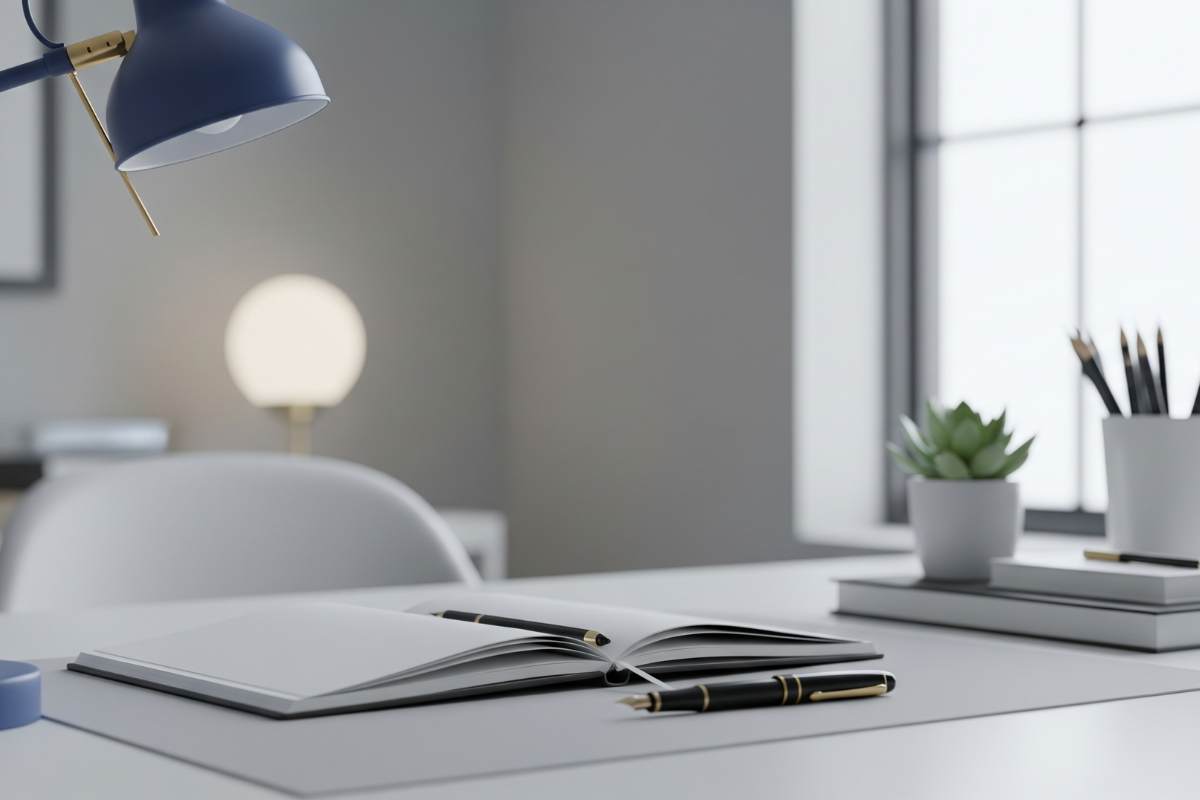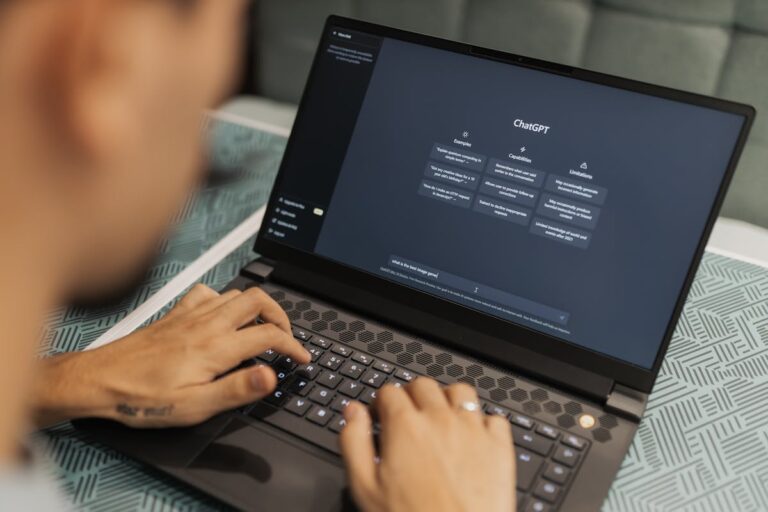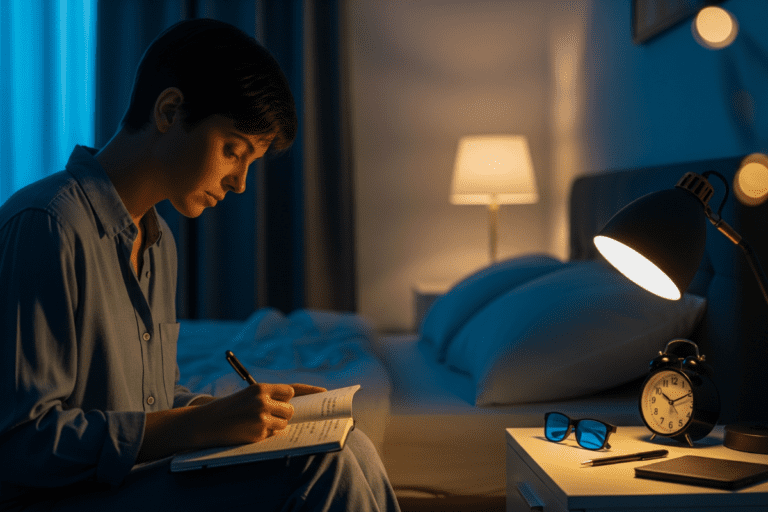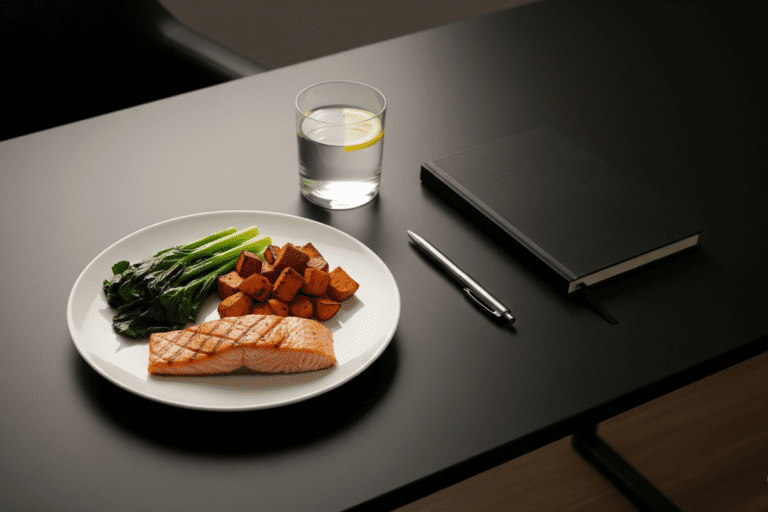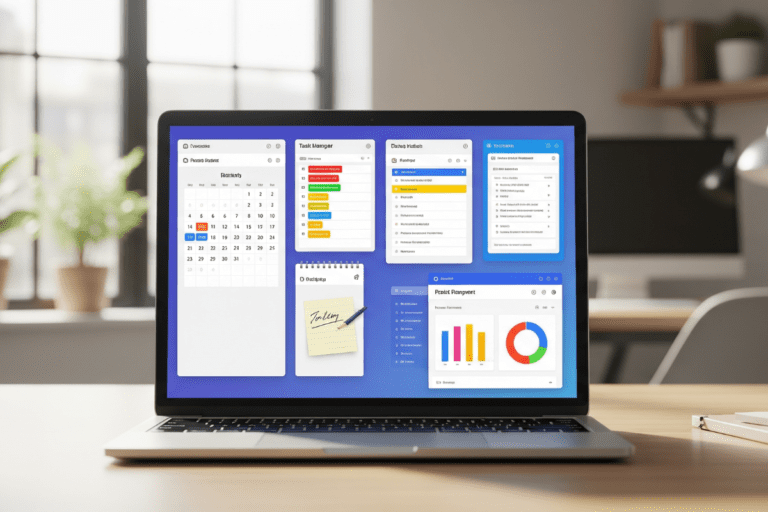Minimalist Desk Setup for Productivity: A Clear Guide
A clear desk reflects a clear mind. If you want to perform at your best, your workspace must be designed to eliminate friction and focus your attention. In this guide, you’ll learn how to create a minimalist desk setup for productivity—from decluttering to design principles—so your environment can elevate your output instead of hindering it.
Why Minimalism Desk Setups Boost Productivity
Your workspace is a mirror of your mental state. Clutter fragments focus; every object competes for your attention. However, minimalism removes that friction and restores clarity.
Studies show that visual clutter limits the brain’s ability to process information. When your desk is clean and intentional, cognitive energy is preserved for what matters most: performance.
Minimalist environments don’t just look better—they work better. They reduce decision fatigue, streamline workflow, and set the tone for deep, focused work. In other words, this isn’t aesthetic for aesthetic’s sake. It’s clarity engineered for results.
Step 1: Declutter Your Workspace to Build a Minimalist Desk Setup
The first step in creating a minimalist desk setup for productivity is removal. Start by clearing your entire desk surface. Then, reintroduce only the items that directly support your work.
Practical checklist:
- Laptop or desktop (with a stand for posture)
- External monitor (if needed)
- Wireless keyboard and mouse
- Notebook and pen
- One focus tool (e.g., timer, block pad)
In addition, eliminate duplicates and use cable management systems/products. Route cords beneath or behind the desk. This way, visual noise disappears and focus rises.
Step 2: Choose Functional Furniture and Ergonomic Layout
A minimalist desk doesn’t mean compromising comfort. On the contrary, good function enhances focus. Choose furniture that disappears into your process instead of demanding your attention.
Key ergonomic considerations:
- Desk height: 28–30 inches for most people
- Chair: Lumbar support, adjustable height, neutral posture
- Monitor placement: Eye-level, about an arm’s length away
Moreover, opt for a standing desk or a height-adjustable option as well. While you won’t always want to stand it’s good to have that option when you do. Clean lines, neutral tones, and matte finishes support the minimalist look without distraction.
Step 3: Select Desk Accessories That Boost Productivity
To maintain the benefits of a minimalist desk setup, accessories must be chosen with precision. Each item should support your productivity rather than clutter it.
Recommended accessories for a minimalist desk setup:
- Monitor stand: elevates screen and stores tools beneath
- Wireless charger: reduces cable clutter
- Desk mat: defines workspace and minimizes visual distractions
- Noise-cancelling headphones: help maintain deep focus
- Slim drawer tray: stores essential items out of view
Avoid decorative pieces unless they serve a functional or psychological purpose, such as grounding or calm. Remember, one high-quality object is better than five mediocre ones.
Step 4: Use Lighting, Greenery, and Focus Aids Intentionally
Your environment is not an afterthought—it’s a multiplier.
Light for clarity:
- Prioritize natural light. Position your desk near a window.
- Add a minimalist desk lamp with adjustable brightness and color warmth. Use cooler tones for focus and warmer ones for evening hours.
Sensory focus:
- Include a single indoor plant such as a snake plant. It softens the space and improves air quality.
- Use ambient noise or white noise through headphones to reduce distraction.
Everything on your desk should either enable work or remove friction. Intention is the standard.
Step 5: Create a Maintenance Routine for Clarity
A minimalist setup is not a one-time achievement. It’s a system that requires consistent upkeep.
End-of-day reset (5 minutes):
- Return items to their designated place
- Clear paper and digital clutter
- Review your top priorities for tomorrow
Each week, reassess what’s accumulated. Ask yourself: “Does this item support my focus or take from it?” If it no longer serves you, remove it. This habit keeps your space aligned with your goals.
Sample Minimalist Desk Setup Breakdown
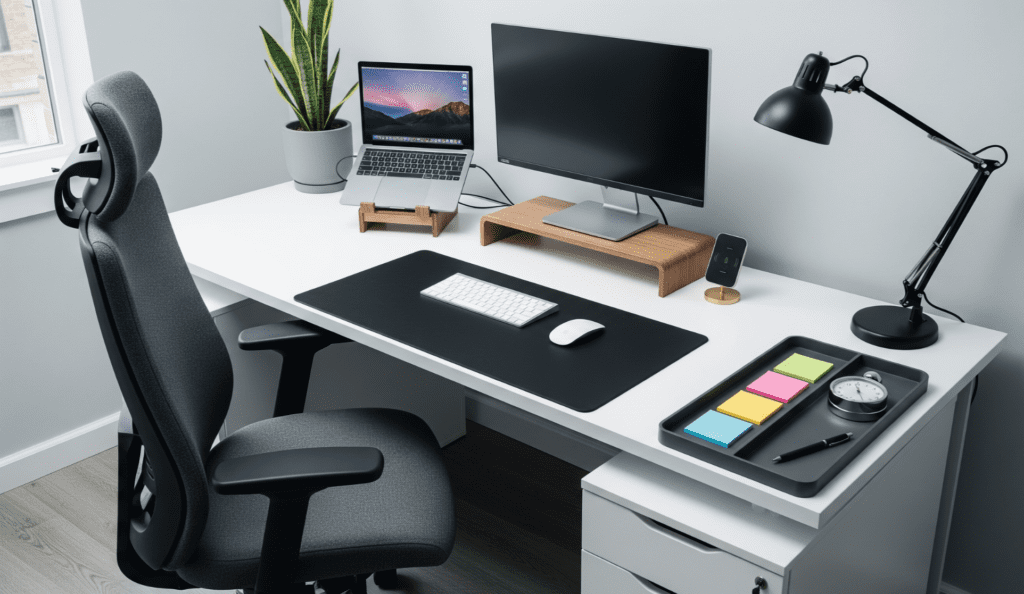

Example Setup:
- 42″ matte white desk
- Adjustable ergonomic chair (charcoal gray)
- 27″ monitor on slim wood stand
- MacBook Pro on riser
- Wireless keyboard and mouse
- Leather desk mat (black)
- Slim drawer tray with post-its, pen, and timer
- One potted snake plant
- Angle-poise desk lamp (matte black)
- Wireless charger integrated into stand
As you can see, nothing extra, nothing missing.
FAQ / Coaching Tips
Can I personalize without losing minimalism?
Yes. Personalization is about intention, not quantity. One high-quality object—a framed quote or a handcrafted pen—is powerful when it has space to breathe.
How often should I clean or reset my desk?
Do a brief reset daily and a deeper reassessment weekly. This rhythm keeps friction low and momentum high.
What if I need more tools for work?
Store them near, but not on, the desk. Use a discreet shelf or mobile drawer. Remember, minimalism doesn’t mean limitation. It means precision.
Final Thought
Learning how to create a minimalist desk setup for productivity isn’t about reducing for the sake of it. Instead, it’s about creating an environment that sharpens your focus and aligns your tools with your performance goals. Environment design is one of the key ways to increase your focus naturally.
You don’t need more to work better. You need clarity, systems, and intention. Once your desk supports that, the rest will follow.

